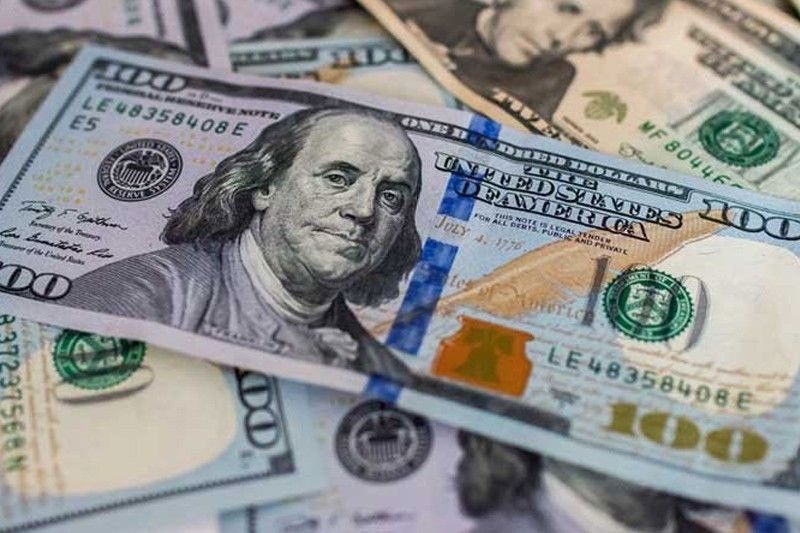FDI inflow down 10.8% in end-November

MANILA, Philippines — The net inflow of foreign direct investments (FDI) declined in 11 months last year after a sharp drop in November on concerns over the resurgence of COVID-19 cases, according to the Bangko Sentral ng Pilipinas (BSP).
Data released by the central bank showed net FDI inflow fell by 10.8 percent to $5.79 billion from January to November last year compared to $6.49 billion in the same period in 2019.
Equity capital coming mainly from Japan, the Netherlands, US and Singapore channeled to manufacturing, real estate as well as financial and insurance industries inched up slightly to $1.53 billion from $1.52 billion.
On the other hand, withdrawals plunged 60.4 percent to $265 million from $671 million.
Net investment in debt instruments consisting mainly of loans extended by parent companies abroad to their local affiliates declined by 19.3 percent to $3.77 billion from $4.67 billion.
Likewise, reinvestment of earnings also dropped by 21.9 percent to $760 million from $974 million.
For the month of November alone, net FDI inflow decreased by 16.5 percent to $537 million from $643 million in the same month in 2019, lower compared to the 24.5 percent contraction posted in October 2020 amid news of positive developments in COVID-19 vaccines.
“The recent contractions in net FDI inflows were largely affected by concerns over the resurgence of COVID-19 cases and re-imposition of quarantine measures in some advanced and emerging markets,” the BSP said.
Michael Ricafort, chief economist at Rizal Commercial Banking Corp., said more FDIs are seen flowing into the Philippines in the coming months as the country recovers from the pandemic-induced recession.
“For 2021, the major catalysts for economic growth are increased government spending especially on infrastructure that generate more jobs and other economic activities,” Ricafort said.
He also cited further monetary easing measures and reopening of the economy with the rollout of COVID-19 vaccines as well as the passage of reform measures such as the Corporate Recovery and Tax Incentives for Enterprises (CREATE), Financial Institutions Strategic Transfer (FIST), Government Financial Institutions Unified Initiatives to Distressed Enterprises for Economic Recovery (GUIDE) bills, among others.
However, Ricafort pointed out offsetting risk factors are the new coronavirus strains that are more contagious that could lead to more travel restrictions and lockdowns further slowing down economic recovery prospects.
He said the pickup in FDIs in recent months may also reflect some normalization of supply chains and logistics locally and worldwide as economies further reopen, thereby allowing more FDIs to flow into the country.
“Thus, the worst for the FDI data and other major economic data could have been seen already at the height of the lockdowns in April 2020 up to early May 2020, in view the gradual re-opening of the local and global economies since the latter part of May 2020,” Ricafort added.
The net FDI inflow into the country steadily declined after hitting a record $10.3 billion in 2017.
The BSP expects a higher net FDI inflow of $7.5 billion this year from the projected $6 billion last year as the economy is seen bouncing back with a GDP growth of 6.5 to 7.5 percent in 2021 and eight to 10 percent in 2022.
- Latest
- Trending



























